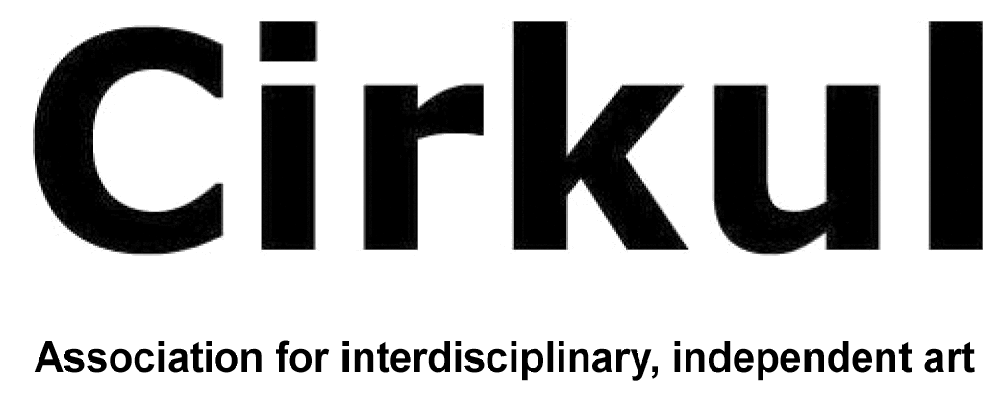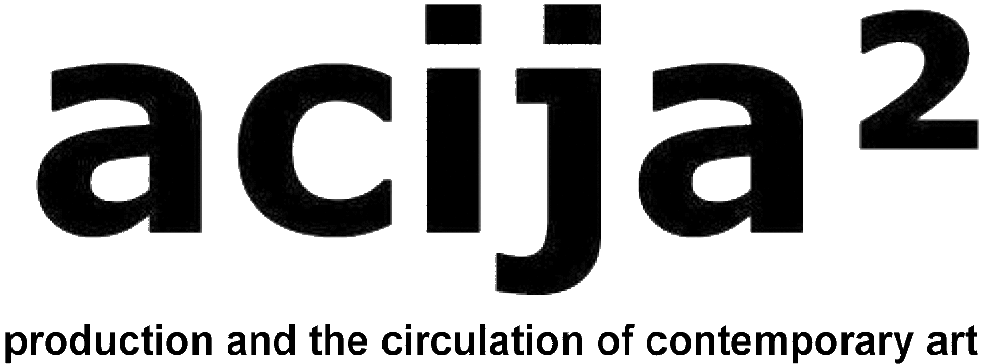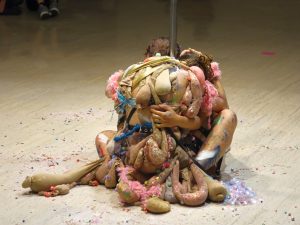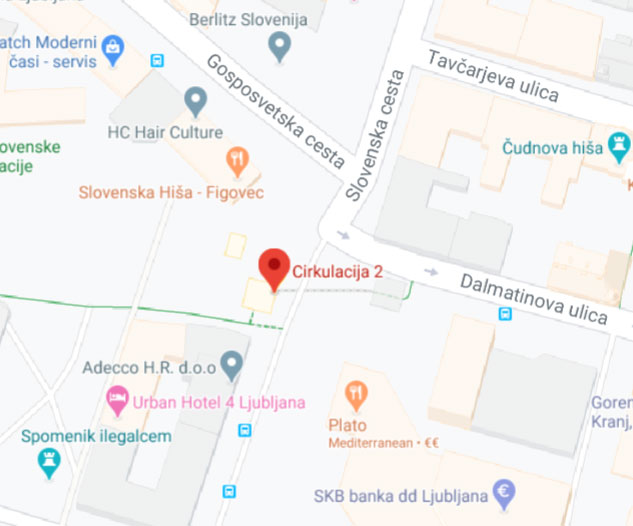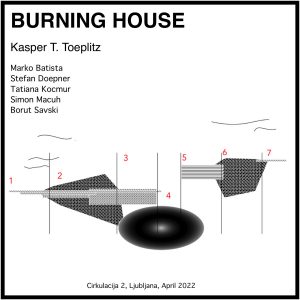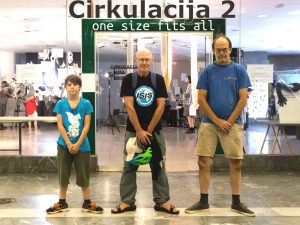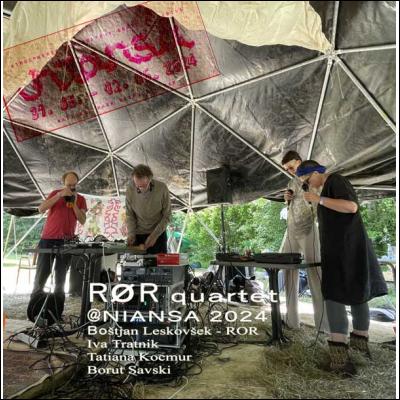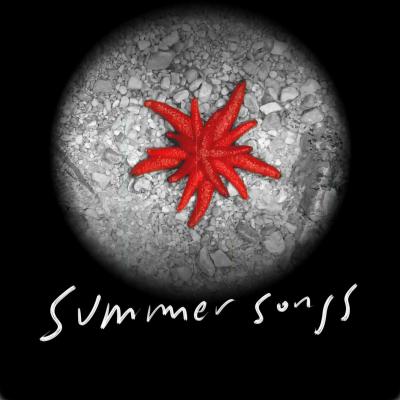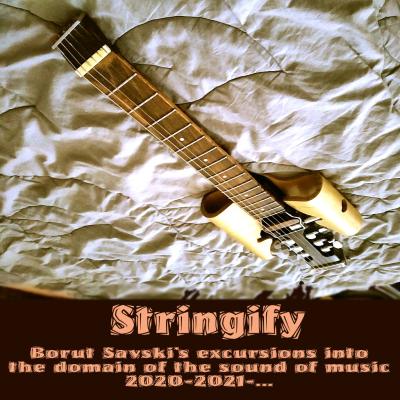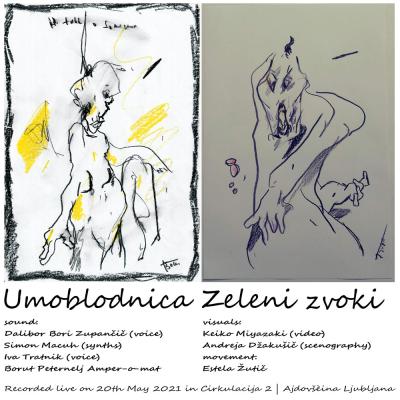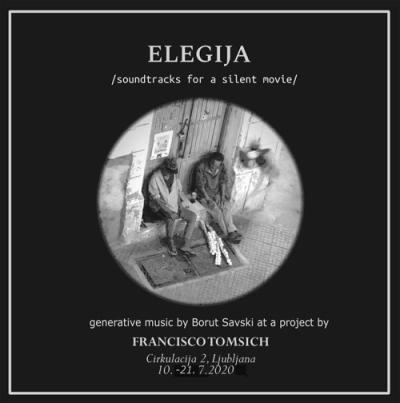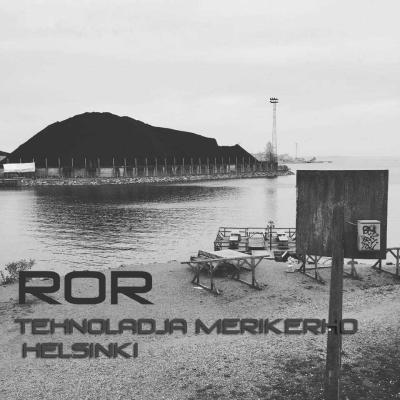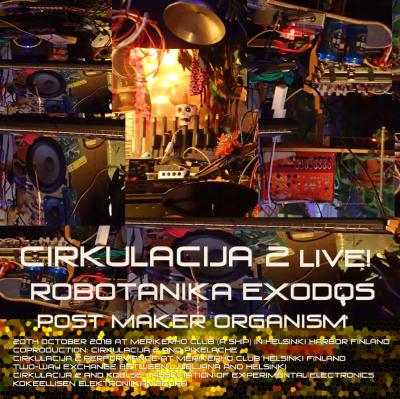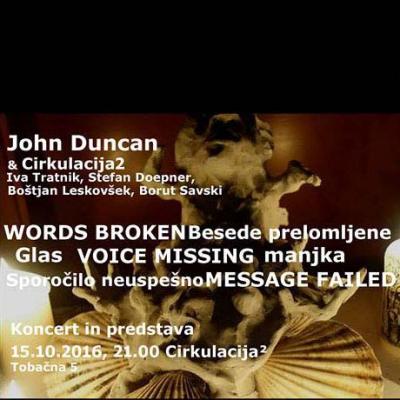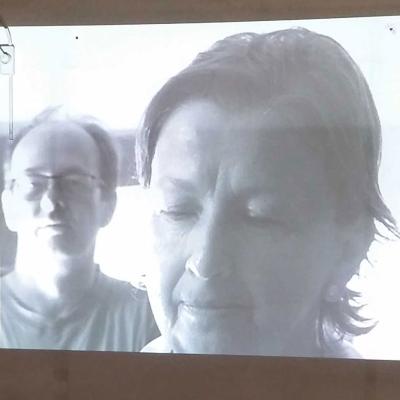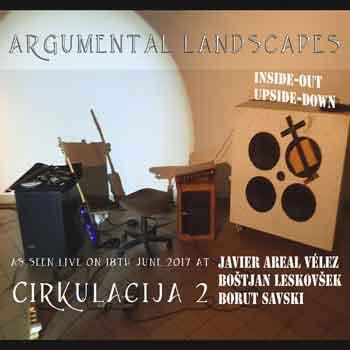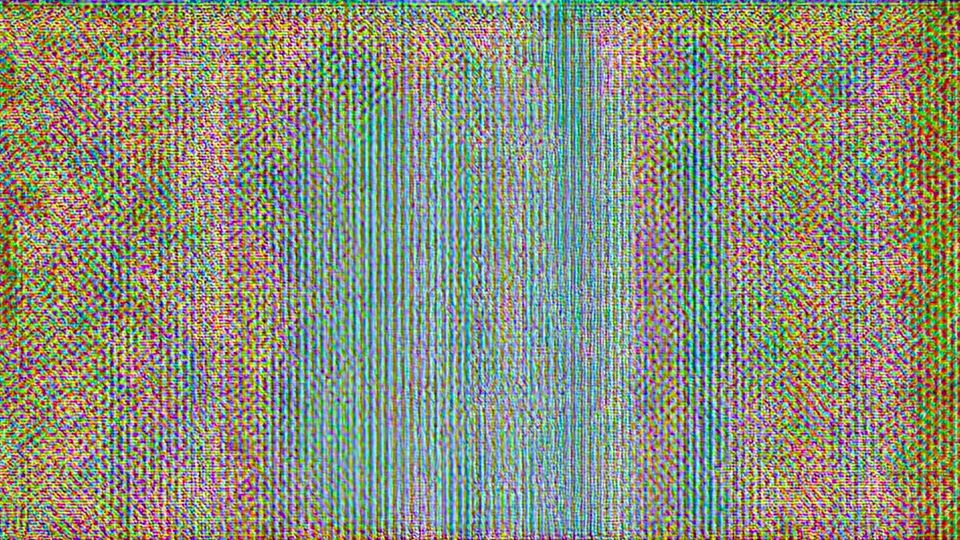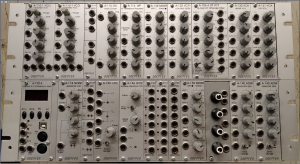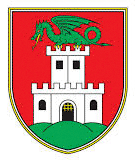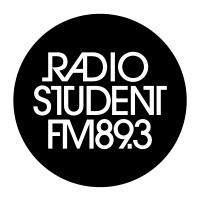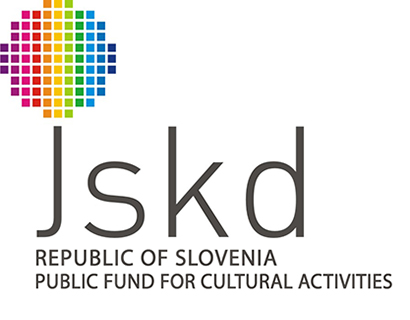[disrupeak] Umetniški disruptiv = vrhunec
Published on October 11th, 2024Friday, 25th October 2024 at 19.00 invited to Cirkulacija 2, Ajdovščina subway Ljubljana, to the climax of a two-week old/new disruptions in arts
Disrupeak
Points (are really lines; broken or not; can intersect…):
- Vlado Repnik and Marko Batista: KINESISMIMESIS / performance l’ouverture
- Mija: SILVER IMAGES / first solo exhibition
- Simon Svetlik, Jurij Podgoršek, Tatiana Kocmur, Mija: VIDEOSTEW / “Sunbathing the Shadows”
- Sanja Simić: VEGEGAZAMEZE / culinary education
- Jurij Podgoršek: THE HUNGRY TO EAT – THE THIRSTY TO DRINK / “warm water for sweet wine”
- Borut Savski: SEMITIC QUICKSTEP / dance algorithmics
Disrupeak collective action is a the finishing line of the two-week group session entitled
DISRUPTIVE* ARTS
* disruption means a break in the apparently continuous development of something. Interrupting the old with the new is a constant of civilization. Confrontations of isms have been shaped by art history, which transcends with each new ism. Art is not an isolated entity, it is not a statistic. As a part of public discourse, it is also always relevant – it responds to various social phenomena and phenomena. It usually appears as a comment on established practices – a significant departure and interruption: disruption.
** modularity means openness to assembly in various parallel-serial combinations. Connectivity with included patch-bay cables. Cables are metaphors for human relationships. There are many cables, even more possible connections… the result is often unpredictable (from multi-cult to nazi-baci…)
In the field of art, disruptive practices are an inseparable part of the dynamics. An established vocabulary is an illusion of established institutions. Disruptive practices are dynamics that come from individuals: confrontational communication, genre variability and crossing genre boundaries, use of new vocabularies, open forms and artistic (de)coding. In general, the increased flexibility of the artistic language, which prefers processuality at the expense of productivity. At the receptive level, visitors are communicated with in an emphasized interpersonal way, which smoothes the differences between the audience and the active participants on a human level – and creates a sense of temporary community. This is already a civil society moment that resists uniformity, anaesthesia, anaestheticity.
In the two weeks, Cirkulacija 2 proposes a condensed conglomerate of activities of active participants of very different aesthetic orientations – living art of sound, giga, movement, image of being, technology, relatively enthusiastic individuals and individuals who go beyond the previous practice.
The project is free from direct appeals, a kind of exercise for silence, for breathing, for depth. It becomes a landscape, nothing becomes everything, beyond the body you are abstraction, atmosphere, living matter, cobweb, universe, galaxy. You are what we cannot see and hear. You can’t put it into words, every definition inevitably misses you. Words cannot reach the bottom. The absurdity of surrealism, from quantum mechanics to communication technology, from fauna and flora to the folklore of the green passage through which we crawl into the space of the project matrix, which creates the gurgling patterns of living limitlessness. We are not hunting for reality and we are not looking for it, reality finds us on its own and that is quite enough for us.
We envision the proposed project as an attempt to concretize the described mode of operation and association, which will serve to further develop collective creativity.
What you missed:
Friday, October 18, 2024 at 8:00 p.m.: video projection with sound accompaniment
Chronicle of King Zambrius
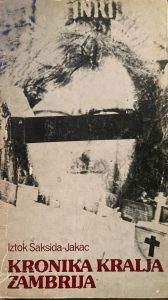 The Chronicle of King Zambrija is a collection of poems that Iztok Saksida – Sax published in Mladinska knjiga in 1979. The poems are dark and full of unrest, because in them Sax tries to identify himself with a certain Jewish king Zambrius, who killed the previous king and became the ruler of Israel for 7 days, and then when they wanted to depose him, he set fire to the royal palace and killed himself.
The Chronicle of King Zambrija is a collection of poems that Iztok Saksida – Sax published in Mladinska knjiga in 1979. The poems are dark and full of unrest, because in them Sax tries to identify himself with a certain Jewish king Zambrius, who killed the previous king and became the ruler of Israel for 7 days, and then when they wanted to depose him, he set fire to the royal palace and killed himself.
Burning everything and driving everything to nothing is a metaphor with which Iztok obviously identified very much, as he himself lived a very restless and (self)destructive life.
More on then-disruptions in art:
https://www.grafickikolektiv.org/gks/html/pdf/Simpozijum/Lilijana%20Stepancic.pdf
Similar to how his father tried to identify with the king, his son Fedja, by creating a video collage and reading poems from the aforementioned poetry collection, tries to get to know his young deceased father, who was about his age at the time of writing these poems and whom, because of his early death, he never really knew.
The video, which will be broadcast in Cirkulacija, combines photos and videos of Sax and photos of Fedja, with which the creator tries to create the impression that father and son are finally united, if not live at least virtually.
The material used in the video was recorded on two expeditions on which Sax, as a professor at the Faculty of Arts, took his students. Footage from Kenya was made by Peter Kisin and Borut Osonkar. Video documentation from China was created by Marko A Kovačič.
In his youth, Iztok was also active in the Ana Monro Theater, which has recently moved into more and more circus-like waters, so Fedja, with the help of Juri Podgoršek, decided to use and juggle sound-enhanced skittles, with which he will try to modulate the soundtrack live. which will be created by Borut Savski.
Iztok Saksida – Sax – poetry
Fedja Saksida – video-projection, poetry reading (voice), sound skittles
Borut Savski – midi-interfaces (cirkulino and turboflute)
Jurij Podgoršek – tech knowhow with sensorized skittles
Peter Kisin, Borut Osonkar – video material from Kenia
Marko A Kovačič – video material from China
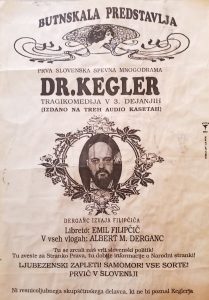 Tuesday, the 15th (and Tuesday, the 22nd!) of October 2024 at 20:00: a public listening of the cult radio play Dr. Kegler
Tuesday, the 15th (and Tuesday, the 22nd!) of October 2024 at 20:00: a public listening of the cult radio play Dr. Kegler
created in 1979, it is a tragicomedy, the first Slovenian multi-drama with Marko A. Derganc in all roles, and the libretto was written by Emil Filipčič.
Disruptively, we will play this eternally relevant tragicomedy in three acts in two parts of an act and a half. Free entry, no exit! No translation!
/no one will escape the reality of Slovenian tragicomedy…/
More on Emil Filipčič and Marko Derganc, the authors of Butnskala – and about that time:
https://pogledi.delo.si/ljudje/stvari-sva-peljala-tako-kot-so-prihajale
Sunday, October 13, 2024 at 4:00 p.m., we invited you to Cirkulacija 2, underpass Ajdovščina Ljubljana, to celebrate the C2 late summer birthdays, with a special emphasis on the birthday of Boštjan Leskovšek, which happened on that very day!
ROR – Analog modular sound synthesizer Doepfer A-100 Basic System 2
